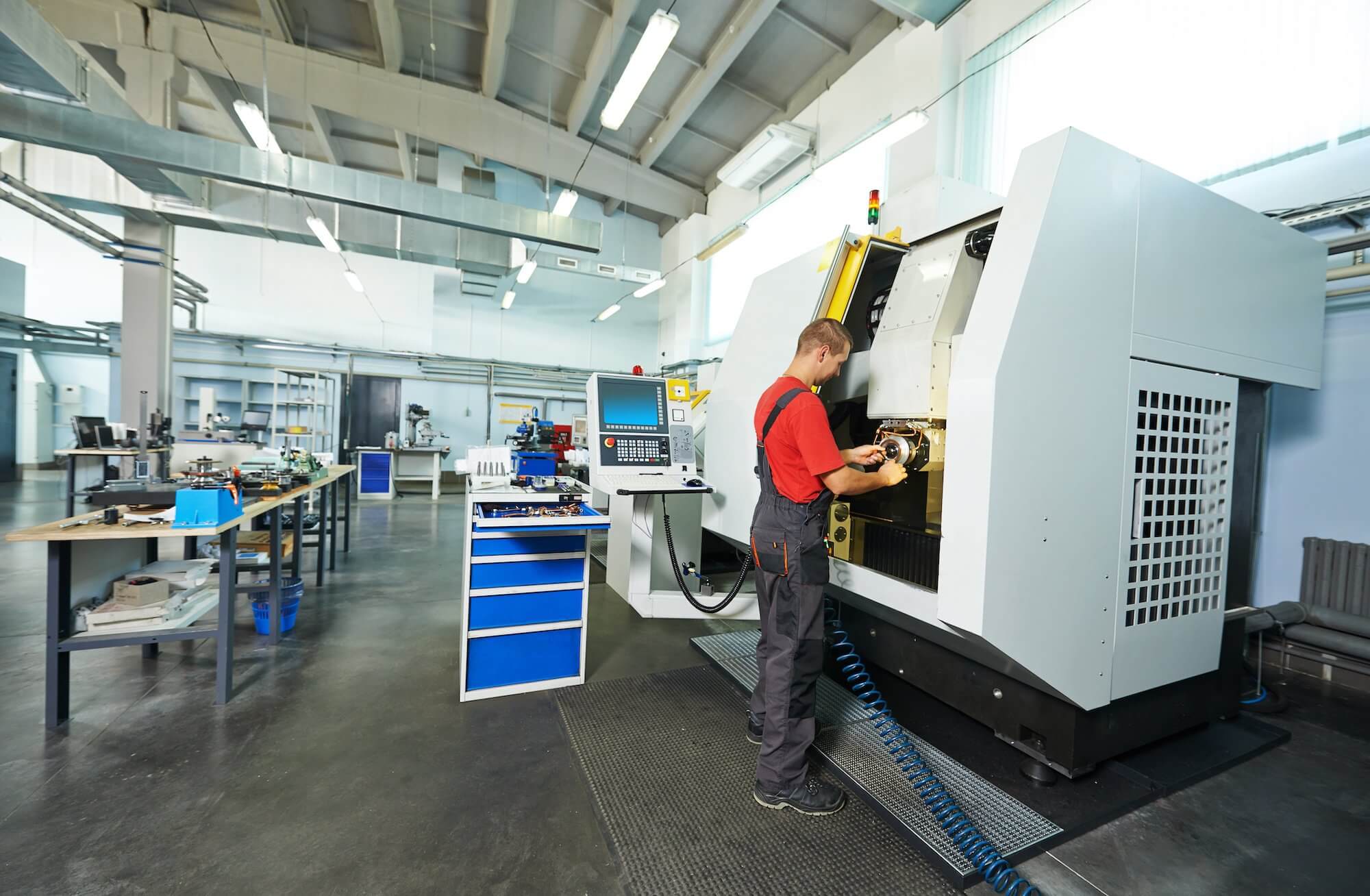
How to Successfully Run a Prototype Job Shop
Tom Pursch was COO of RAPID Manufacturing, a CNC machining and sheet metal shop that grew to $50M in sales and sold to Proto Labs, Inc. (PRLB) in 2017 for $120M. Today, Tom is the CEO of PGC Wire and Cable, a custom wire harness and cable assembly job shop.
Build a Repeatable Manufacturing Process
RAPID manufactured over 35,000 unique part numbers a year. We faced the same challenge all prototype shops face – the complexity of getting small quantity jobs built right the first time, while still meeting on-time deliveries. Our secret to manufacturing custom sheet metal and CNC machined parts was a repeatable process. We built this process over time, small piece by small piece. When we had a failure, we looked for where the process failed, not the person, and changed it. When you lock in the right process, the rewards in profit are enormous and well worth the effort. So, how do you create such a process?
It Starts with Quoting
The ability to create a reasonably accurate quote within 24 hours gets you in the game. Most customers are looking for quotes quickly, and often the first one in wins. With short runs and prototypes, quantities are typically lower and your markups much higher. You don’t need to hit a bullseye with your costs every time, you just need to get it somewhere on the board. Like stock investing, you want to at least break even and then you will be overall profitable on the winners. If you don’t have an automated quoting tool, there are tools available from companies such as Paperless Parts so you don’t have to create your own.
Simplify Manufacturing Operations
The rule is use what is abundant and conserve what is scarce. Once you get the order, you need a quick way to generate a traveler to let the manufacturing floor know what the customer needs. The trick is to not include so much information that it delays the release. Don’t spend more time engineering it than you do building it. One key is to standardize the process whenever possible even if it may mean longer process times. This may seem counter intuitive, so an example might help. Let’s take a look at CNC machining. Develop a standard toolset consisting of most commonly used tooling. This significantly simplifies programming and machine setup time, enabling the process to scale. Even though it might add to the run time (unattended), the human time savings makes the trade-off well worth it. Another time savings comes when you automate manufacturing toolpath creation. For example, sheet metal has commercially developed software packages to automate laser cutting.
Workforce Mindset is Key
Now that the job is on the floor, you need a workforce that thrives in a dynamic environment. They need the right mindset for a prototype job shop. Think about the workforce you need to process hundreds of different parts of the week. They will need to move from job to job versus building the exact same job for a whole shift or longer. The varying department workloads demand flexibility to jump in where there are bottlenecks. RAPID tried to hire people who like change and a fast paced environment – a prototype mindset. With this mindset, our workforce grew rapidly in capability, skills, and experience.
Asking for Customer Feedback
The positive customer feedback you receive is one of the more satisfying parts of being a job shop. Be proactive and ask for this feedback. It reminds customers what you did for them and builds loyalty. Share the feedback with your team to reinforce the right mindset. This is another place where automated tools from companies like Paperless Parts make a manually intensive process just happen without effort.
-Tom Pursch
Ready to see how Paperless Parts can help your job shop? Sign up for a demo today.

